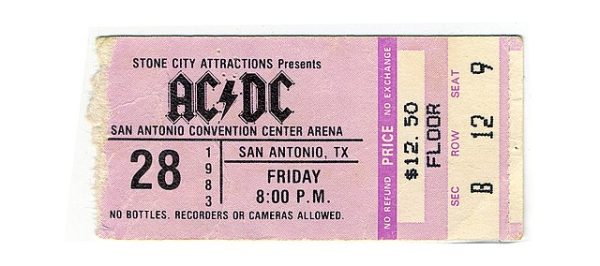Sequel to “The Shining” presents a debate for Kubrick vs. King
“The Shining,” by Stephen King, made for both a great book and great movie.
In the book, King lathers the story with more suspense than I must lather sunscreen on myself to prevent third degree burns (if I am to spend any time greater than or equal to one hour outside.)
In the movie, director Stanley Kubrick translates that suspense to the silver screen and tweaks the story a bit to create a stunning cult classic.
Last Tuesday, Stephen King released a sequel to his classic masterpiece titled “Dr. Sleep.” If a movie director—not the late Kubrick, unfortunately— gets his or her hands on the story, should the movie remain true to the tale as told by King or should the director take liberties while maintaining continuity with Kubrick’s cinematic opus?
It is time to explore plot differences.
First of all, there are hedge mazes. Who does not love a good hedge maze? I know I do. Kubrick does too, evidently, as he included a massive hedge maze outside The Overlook Hotel. By default, hedge mazes are vastly superior to hedge animals, especially autonomous, bloodthirsty ones, as King included in the book. Sorry Stephen, Stanley takes best hedge-related plot element.
Next, what about the family? While “RedRum” is alive and well in both the book and the movie, the writer and speaker, respectively, of the bone-chilling word are significantly different in each adaptation. In the book, Danny is a strange five-year-old who enjoys watching shows on public television, and is portrayed on the original book cover as a sort of pre-Charles Manson with luminescent eyes. Sounds like an ideal character for an American Sharks music video, but is he not supposed to be just your average, yet different, kid?
The movie, however, portrays Danny very differently. First of all, he is two years older. Big deal, right? Well, it is a big deal, because something very important happens between the age of five and the age of seven: an increase in attention span. This increase would allow Danny to be more cognizant of his father’s dirty deeds, which makes for a far more interesting story conceptually, if nothing else. Luckily, both adaptations keep the excellent Big Wheel.
Finally, the ax. While Jack never yells “How heavy this ax!” in the style of John D. Cronise of The Sword (who happen to be touring with American Sharks at the moment,) we can assume the thing is pretty righteous, and the raw power of an ax makes it conceptually much heavier than it actually is.
The conceptual heaviness of this ax, and the fact that it is not a sledgehammer, as in the book, allow Jack to wield an unwieldy amount of power and kill Dick Hallorann in a way that makes the movie much more exciting than the book— Jack never kills anyone in the book, at least in terms of Jack’s chosen farm-and-work-related implement. Then there is the whole “Here’s Johnny!” door-blasting scene; You probably remember that inconsequential cinematic moment.
The movie wins, but a word of caution to movie directors looking to continue Kubrick’s epic story with an adaptation of Dr. Sleep: be as good as Kubrick, or do not do it. Since very few can even come close to Kubrick’s genius, very few should attempt such a feat. I say put Quentin Tarantino on the case, and let him run wild, and throw Marsellus Wallace and “the gimp” in there, while he is at it.






